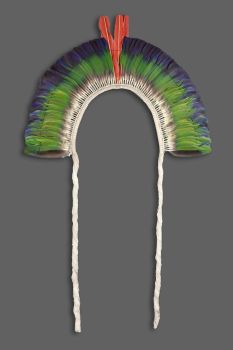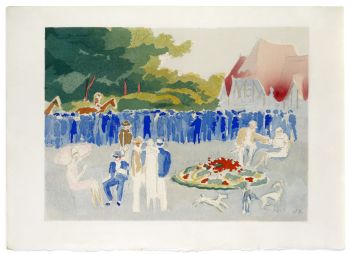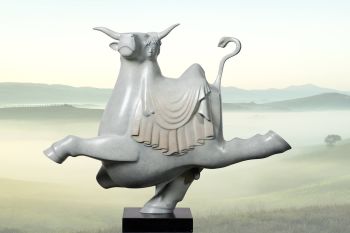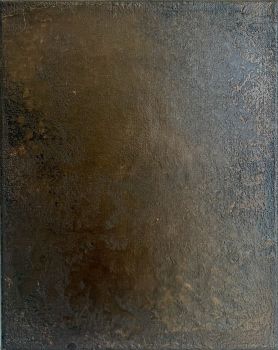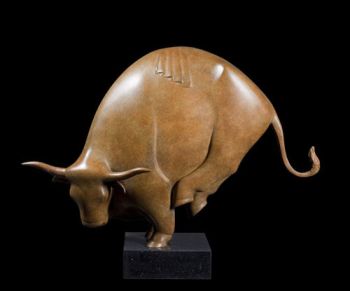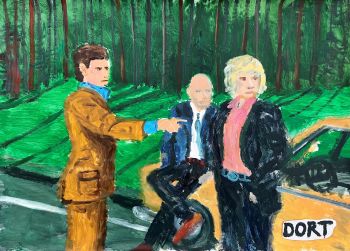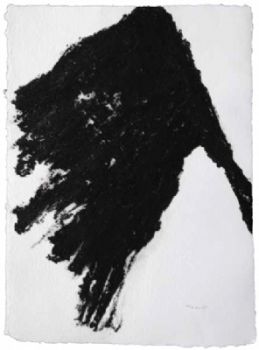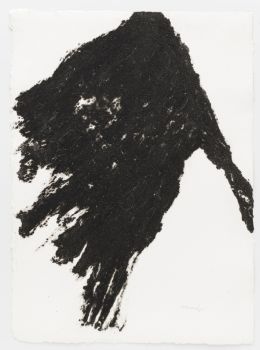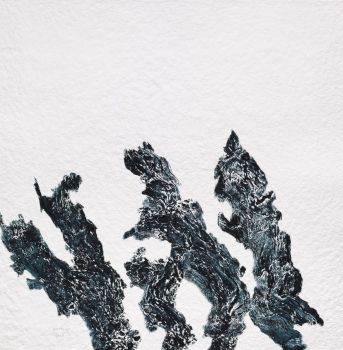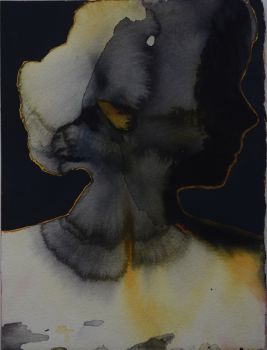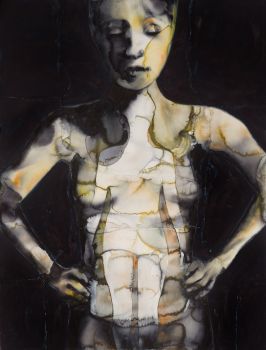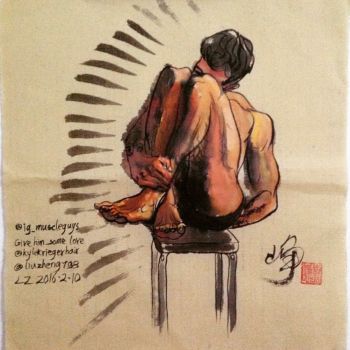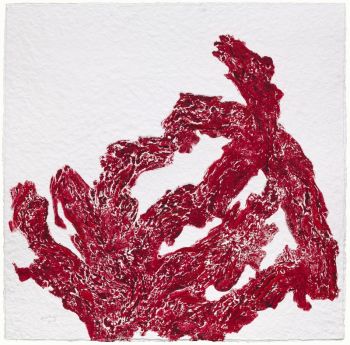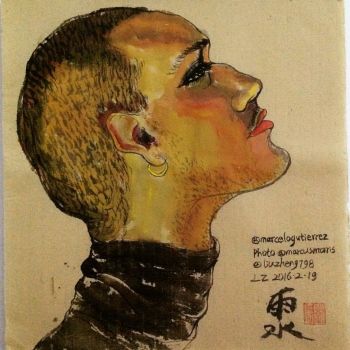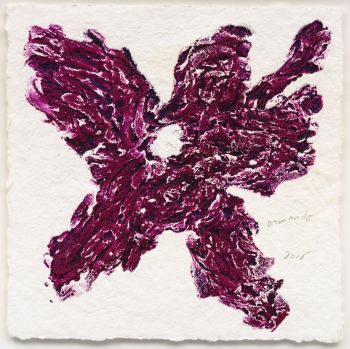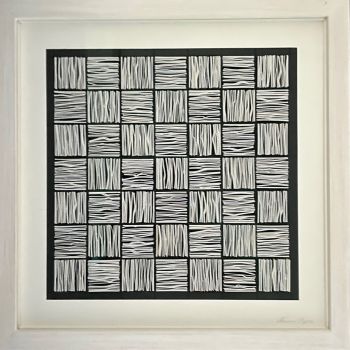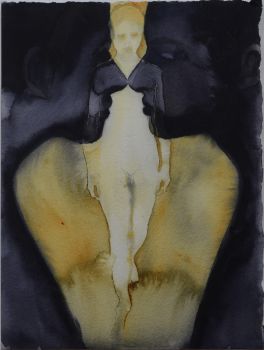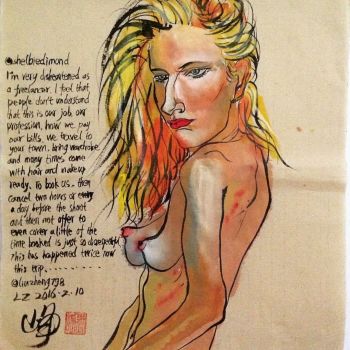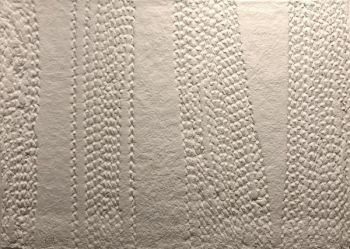Important account containing the earliest information on Darfur, written by the first European to d 1800
William George Browne
PapierPapier fait main
Actuellement indisponible via Gallerease
- Sur l'oeuvre d'artNieuwe reize naar de binnenste gedeelten van Afrika, door Egypte, Syrie en Le Dar-four, ... gedaan in den jaare 1792-1798.
Amsterdam, Johannes Allart, 1800.
2 volumes. 8vo. With 2 folding maps engraved by D. Veelwaard (ca. 32 x 24 cm and 43 x 40 cm), a woodcut of a pyramid and some tables in text.
Modern half vellum.
The rare Dutch translation of an important work, containing the earliest information on Darfur (Sudan).
William George Browne (1768-1813), ''inspired by Bruce's travels, went to Egypt in 1792 hoping to explore the oases in the eastern Sahara and to journey to the source of the White Nile. He reached El Fashur in Darfur and was the first Englishman to explore the temple of Jupiter Ammon at the Oasis of Siwa. These deserts were not explored again until 1848 when Bayle St. John travelled through them. Browne was the first European to describe Darfur, which he reached with a Sudanese caravan in 1793. He was imprisoned there by the Sultan of Darfur. In 1796 he reached Egypt again by caravan and eventually returned to England via Syria and Constantinople. From 1800 to 1802 Browne travelled again in Turkey and the Levant. Some information gained at that time was published in Walpole's Memoirs. In 1812 he left England with the intention of travelling through Persia to Tartary, but was murdered by bandits in Persia'' (Blackmer).
The maps show Darfur and the route of the Sudanese caravan travelling from Egypt to Darfur as well as the tracks (of which one coloured) for slave traders from Darfur to surrounding countries.
In very good condition and wholly untrimmed, with owner's stamp on both title-pages. Scarce Dutch translation of an important work containing the earliest information on Darfur.
Cox I, p. 394; Howgego, to 1800, B170; Ibrahim-Hilmy I, p. 91; cf: Atabey 156; Blackmer 219-220. - Sur l'artisteWilliam George Browne (1768, Londres - 1813, Iran) était un voyageur britannique en Afrique centrale et au Moyen-Orient. Il a étudié au Oriel College à Oxford. A sa sortie de l'université, il a voulu se consacrer à des activités littéraires mais a rapidement décidé d'être explorateur en Afrique centrale. En 1792, il arriva à Alexandrie en Égypte et visita l'Oasis de Siwa, célèbre pour son temple oracle de Zeus Ammon. Au cours de cette année, il a étudié l'arabe et examiné les ruines antiques d'Égypte. En 1793, il part pour le Darfour, un sultanat musulman, qui fait aujourd'hui partie du Soudan. Browne a été le premier Européen à décrire le Darfour. Il y a été emmené de force par le sultan et a subi de graves difficultés. Il fut autorisé à retourner en Égypte en 1796. Ensuite, il resta un an en Syrie et arriva à Lonon en 1798. De 1800 à 1802, Browne passa trois ans en Grèce, en Asie Mineure et en Sicile. En 1812, il avait l'intention de voyager d'Angleterre à la ville de Samarkand, maintenant en Ouzbékistan, mais il fut assassiné par des voleurs sur la route de Tabriz à Téhéran. Browne a publié ses voyages en Afrique, en Égypte et en Syrie (des années 1792 à 1798) en 1799 (édition élargie 1806). Ses œuvres, écrites dans un style sec, donnent une image positive de la culture islamique.
Artwork details
Catégorie
Sujet
Matériel & technique
Related artworks
Engelbert Kaempfer
LIVRE ENGELBERT KAEMPFER1651 - 1716
Prix sur demandeZebregs & Röell - Fine Art - Antiques
Tilmanus Nicolaus Maastricht
Missale Romanum avec montures en argent hollandais1788 - 1792
Prix sur demandeJacob J. Roosjen SRI
Antonie Derkinderen
Memory book Exhibition of Dutch Painting1892
Prix sur demandeKunsthandel Pygmalion
Engelbert Kaempfer
LIVRE ENGELBERT KAEMPFER1651 - 1716
Prix sur demandeZebregs & Röell - Fine Art - Antiques
Yoko Ono
YOKO ONO: "ARISING" SIGNED BOOK PLUS SMALL ARTWORK 2010 - 2014
Prix sur demandeGallerease Selected
Tilmanus Nicolaus Maastricht
Missale Romanum avec montures en argent hollandais1788 - 1792
Prix sur demandeJacob J. Roosjen SRI
LAWRENCE WEINER
"SKIMMING THE WATER [MENAGE A QUATRE]" Signed book plus small artwork2010 - 2014
Prix sur demandeGallerease Selected
1 - 4 / 22Artiste Inconnu
UNE TÊTE DE PLUME TRIBU JURUNA1900 - 1950
Prix sur demandeZebregs & Röell - Fine Art - Antiques
1 - 4 / 24- 1 - 4 / 24

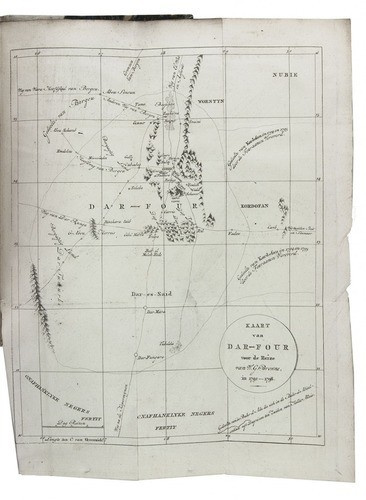



















!["SKIMMING THE WATER [MENAGE A QUATRE]" Signed book plus small artwork by LAWRENCE WEINER](https://media-2.gallerease.com/images/442bfd5f-fc31-4e18-a2fa-ee0c08eade64/350x350/skimming-the-water-menage-a-quatre-signed-book-plus-small-artwork.jpg)



